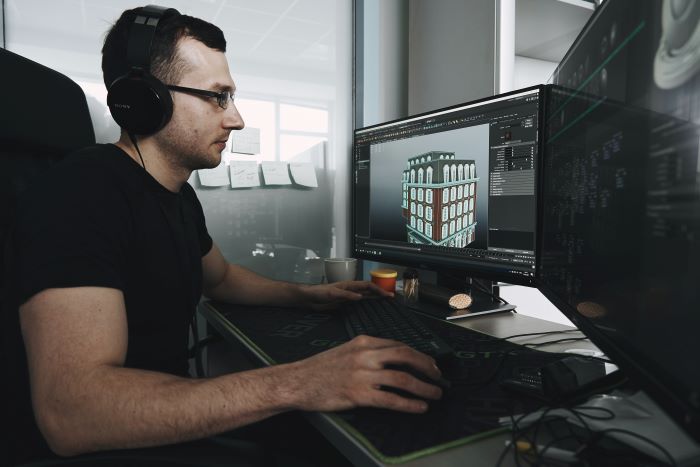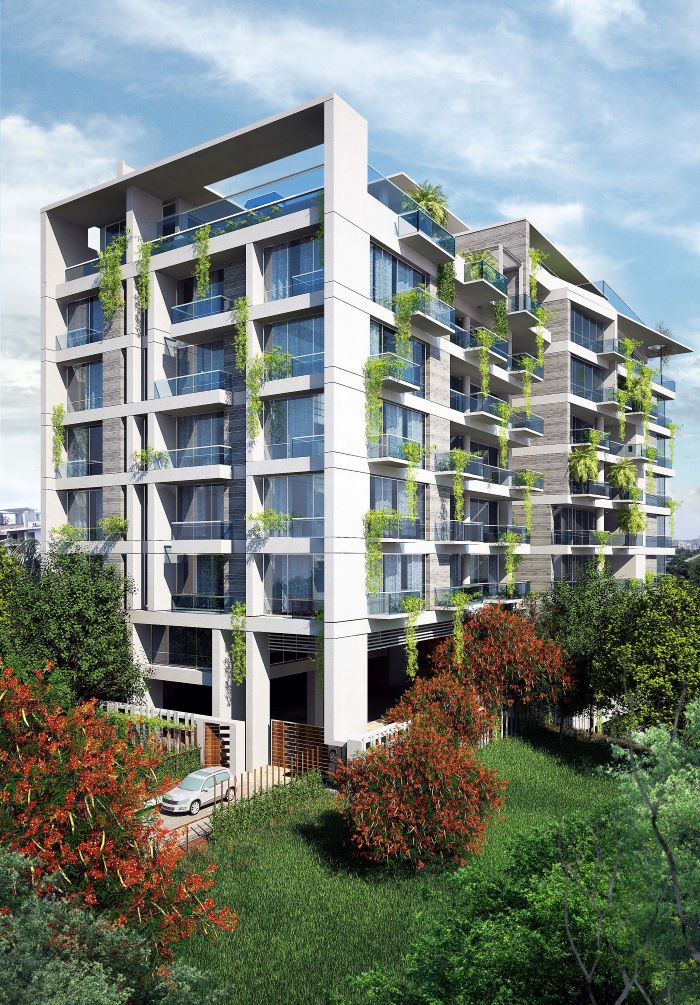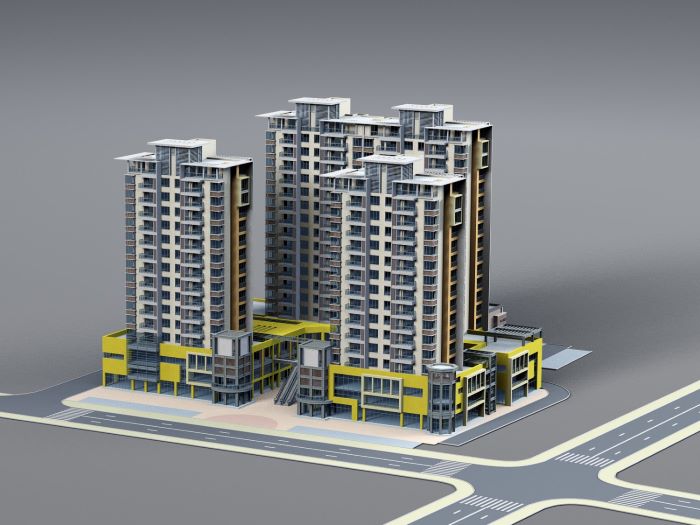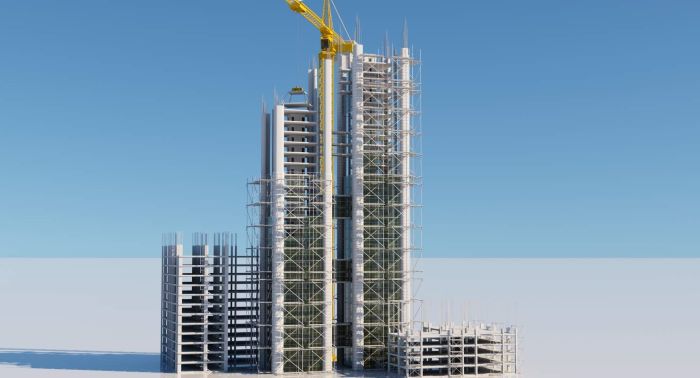Reality Capture in Architecture: Point Clouds and Visualization
Reality capture in architecture is the technique of creating a computerized three-dimensional model of your plan, structure, or worksite using surveying techniques like laser scanning, Satellite imagery, and traversing methods. Point clouds, on the other hand, are 3-dimensional space points that represent a figure or structure. They are generated using... The post Reality Capture in Architecture: Point Clouds and Visualization appeared first on Architecture E-zine.

Reality capture in architecture is the technique of creating a computerized three-dimensional model of your plan, structure, or worksite using surveying techniques like laser scanning, Satellite imagery, and traversing methods.
Point clouds, on the other hand, are 3-dimensional space points that represent a figure or structure. They are generated using CAD software for architectural imaging (photogrammetry). In point clouds, each point contains a set of 3-dimensional Cartesian coordinates.
Point clouds are 3D space points that represent a figure or structure

How to Generate Point Clouds
Point clouds are generated using three-dimensional scanners with infrared technology or lasers. They can be generated using ranging technology that uses light detection.
Each point is represented by a sole laser scan length, when multiple points have been generated, they are then combined to form a complete object.
Point clouds are generated by using 3D scanners

Uses of Point Clouds
Point clouds are used in many major aspects of the construction industry. They can be used in areas ranging from modeling to mapping. Some major uses of point clouds include;
- 3D rendering of images.
The photogrammetric points that are generated using the software are developed into an image. These points are first produced and represented in space before being interconnected to form a shape or structure.
- Animation and Visualization
They can also be used for animating structures and other architectural objects as well as for the visualization of a site project. Their main purpose in architecture is for the creation of 3D models of buildings and sites. These models can then be animated to show the progression of site activities and construction, as well as, to portray the end product of ongoing construction.
- Geospatial Data Representation
Another major application of point clouds can be applied to geospatial mapping using points generated from satellite imagery. This can help architects when designing structures in unfamiliar fields. It can be used to represent contours and other major geological points on a site map.
3D rendering of what a building is going to look like

Benefits of Point Clouds
Point clouds have many perks, they can be used to capture various kinds of data. These are then connected to form 3d representations. Some data that can be captured using point clouds include :
- Spatial data, volumes,
- Angular measurements,
- Linear data (both height and distance) and
- Surface width, breadth, and height.
Point cloud imagery can be animated and viewed using virtual reality goggles and rendered in high-definition graphics to provide the best view of the information contained in the 3D model.
The data captured by point clouds can be distributed in various formats. These include, .las, .rcp, .laz, .ply, etc.
The data can be distributes in various formats

Data can be retrieved from various types of laser scanners. Furthermore, using specialized software, point clouds which are usually shared using large hard drives can be shared over websites and networks. This improves teamwork and makes it easier to analyze and provide notes on the data provided in these point clouds. You can use specialized software to get quick access to point clouds and find discrepancies in models which you can then work on to improve site management and construction.
You can even check what the building site is going to look like at different times

Sending point cloud data can be tedious due to the size and bulk of the data. It involves sharing gigabytes or even terabytes of data. Using hard drives or external drives to transfer them can be stressful and tedious. This is why point cloud 3d solution provides a website solution for sharing and management of point clouds with your team.
For more information, see the video below:
The post Reality Capture in Architecture: Point Clouds and Visualization appeared first on Architecture E-zine.
